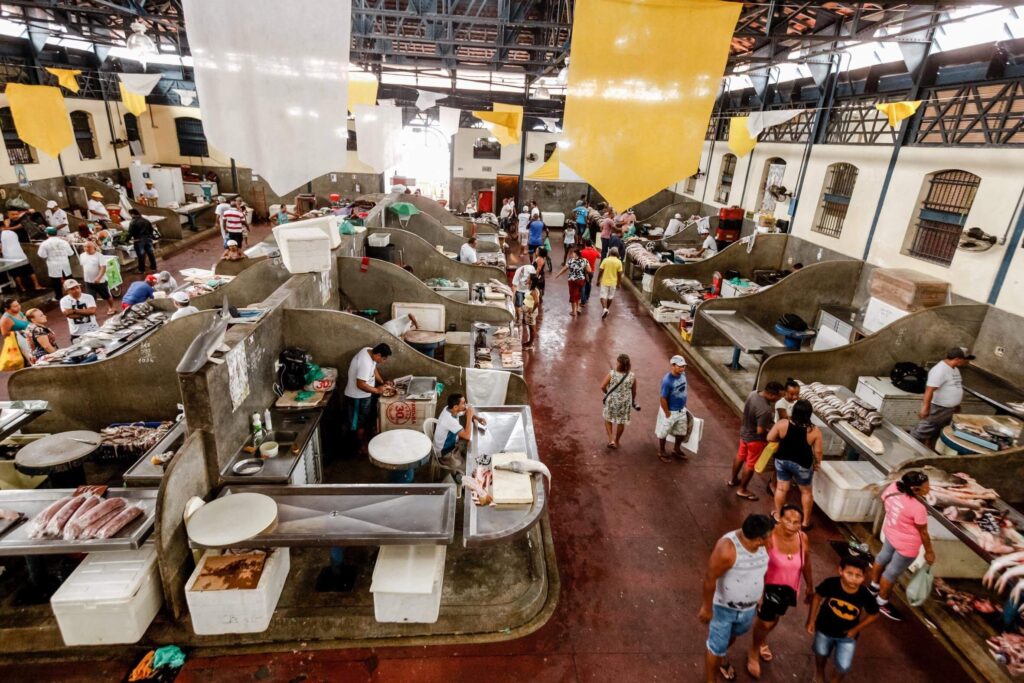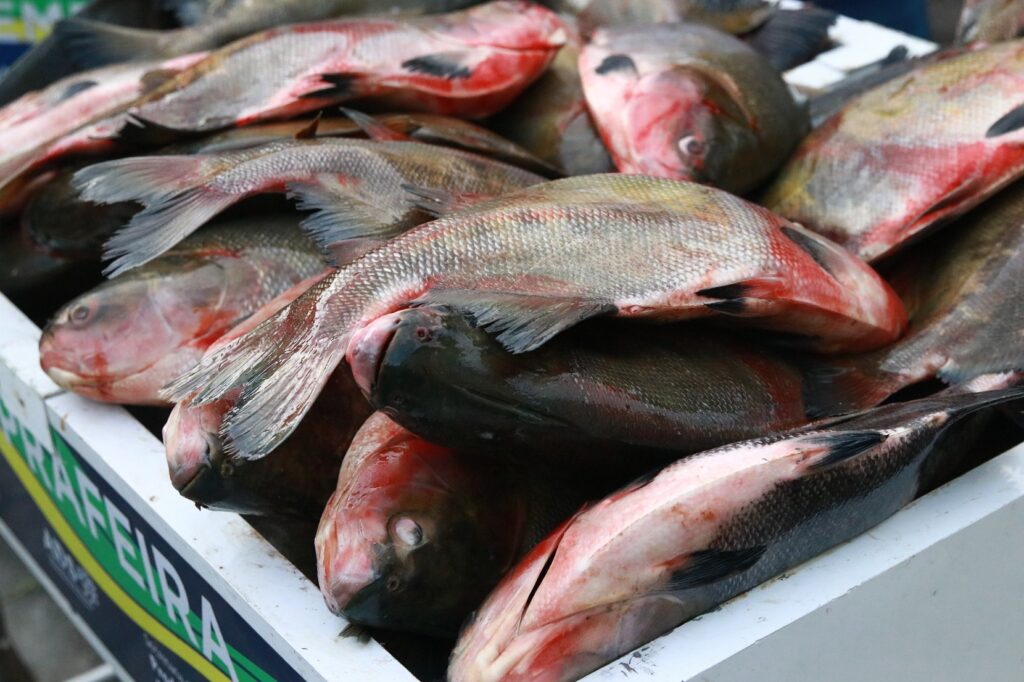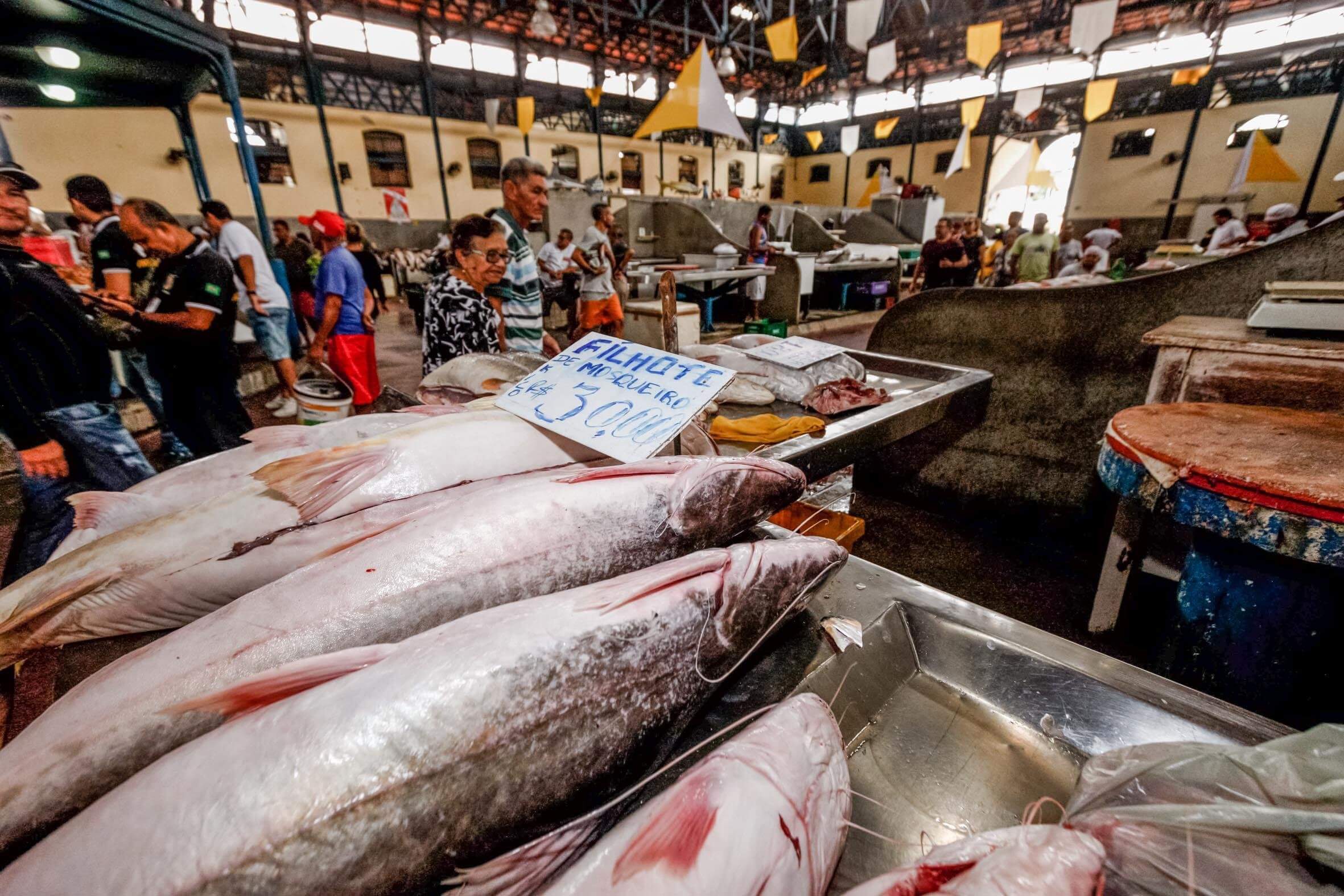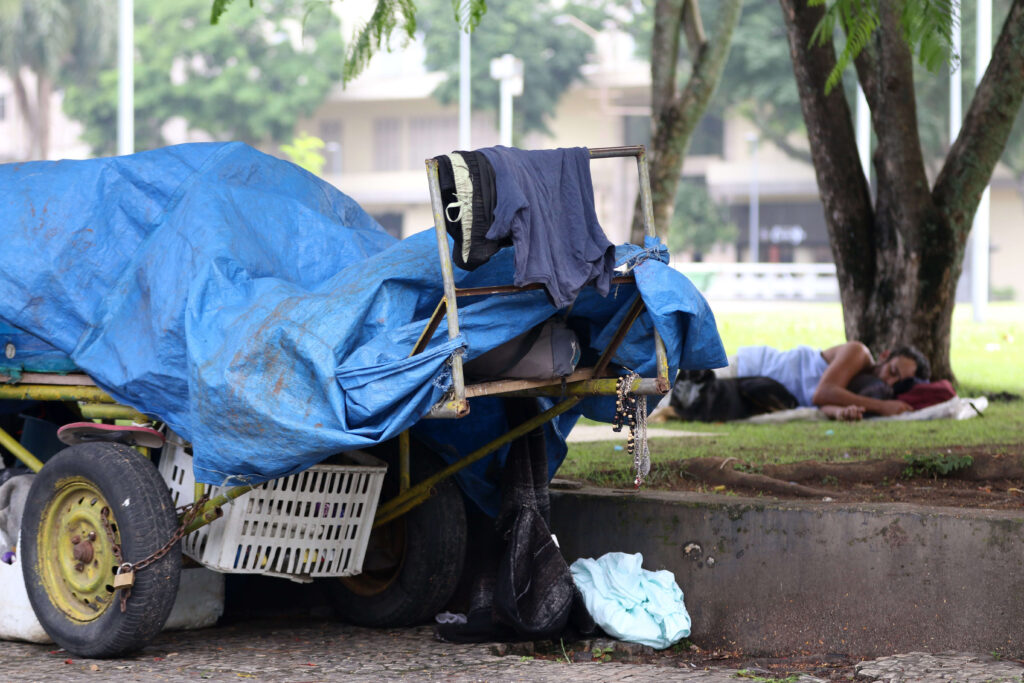São Paulo, Brazil — The consumption of fish is endangering the health of people living in six of the seven states in the Northern region of Brazil, according to a study released by Fundação Oswaldo Cruz (Oswaldo Cruz Foundation), Greenpeace Brazil, the Indigenous Research and Training Institute (Iepé), the Socio-Environmental Institute (ISA), and WWF Brazil.
According to analyses conducted on fish samples, there are levels of mercury contamination far above what is considered safe for human consumption by the World Health Organization, which is 0.5 micrograms per gram of fish. In some cases, the levels were 31.5 times higher than the limit.
The worst contamination rates were found in the state of Roraima, where 40% of the fish collected for testing showed mercury levels above the limit. The situation is also concerning in Acre, where 35.9% of the samples had a high presence of mercury. On the other end of the spectrum, the states of Pará and Amapá achieved the best results. In Pará, 15.8% of the samples exceeded the safe conditions for consumption, while in Amapá, it was 11.4%.



Researchers acquired the fish analyzed for the study from public markets, open-air markets, or directly from fishermen at ports in 17 cities between March 2021 and September 2022. Together, these locations have a population of over 6 million inhabitants, which raises health concerns.
“Our results reveal that more than a fifth (21.3%) of the fish sold in the urban centers evaluated, and which reach the tables of families in the Amazon region, have mercury levels above safe limits,” said the researchers.
The most critical levels of contamination were reported in Santa Isabel do Rio Negro, a small city that’s home to 26,566 people in the far north of the state of Amazonas. Half of the analyzed fish samples were considered unfit for human consumption due to high mercury levels. Among state capitals, Rio Branco, in Acre, had the worst results. In the city with a population of 419,452 people, 35.9% of the analyzed fish contained mercury levels above the limit.
Furthermore, the researchers identified that women of childbearing age in Rio Branco are consuming up to nine times more mercury than what is considered safe. The data is even more alarming among children aged 2 to 4 years, with consumption that exceeds up to 31 times the reference dose indicated by the United States Environmental Protection Agency (EPA).

Mercury is widely used in illegal gold mining operations in the Amazon region during the process of separating gold from stones, mud, and other materials in rivers. For the researchers, finding such high levels of fish in cities far from the areas where the miners operate reveals that mercury contamination of fish is no longer solely an issue affecting indigenous communities. After its use, the substance is often carelessly dumped into rivers and onto the soil. Once ingested by the fish, it is transported to other regions, exponentially multiplying the risks to human health.
Among the health problems that can be caused by mercury contamination are vision loss, motor and speech difficulties, hearing impairment, neurological damage, and even cancer. In pregnant women, the fetus may experience neurological disorders, damage to the kidneys and cardiovascular system.
In the technical note containing recommendations to address this situation, the researchers highlight combating illegal mining in the region as the number one priority.
“The main recommendation should be focused on the guarantee of security over the territories of the Amazon and in the eradication of illegal gold mining,” said the researchers.











